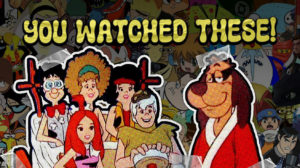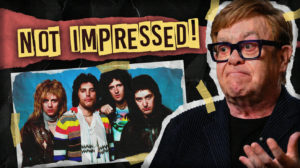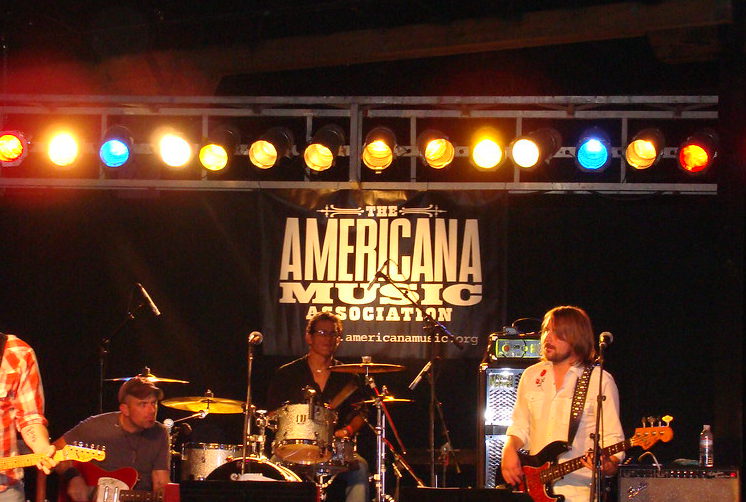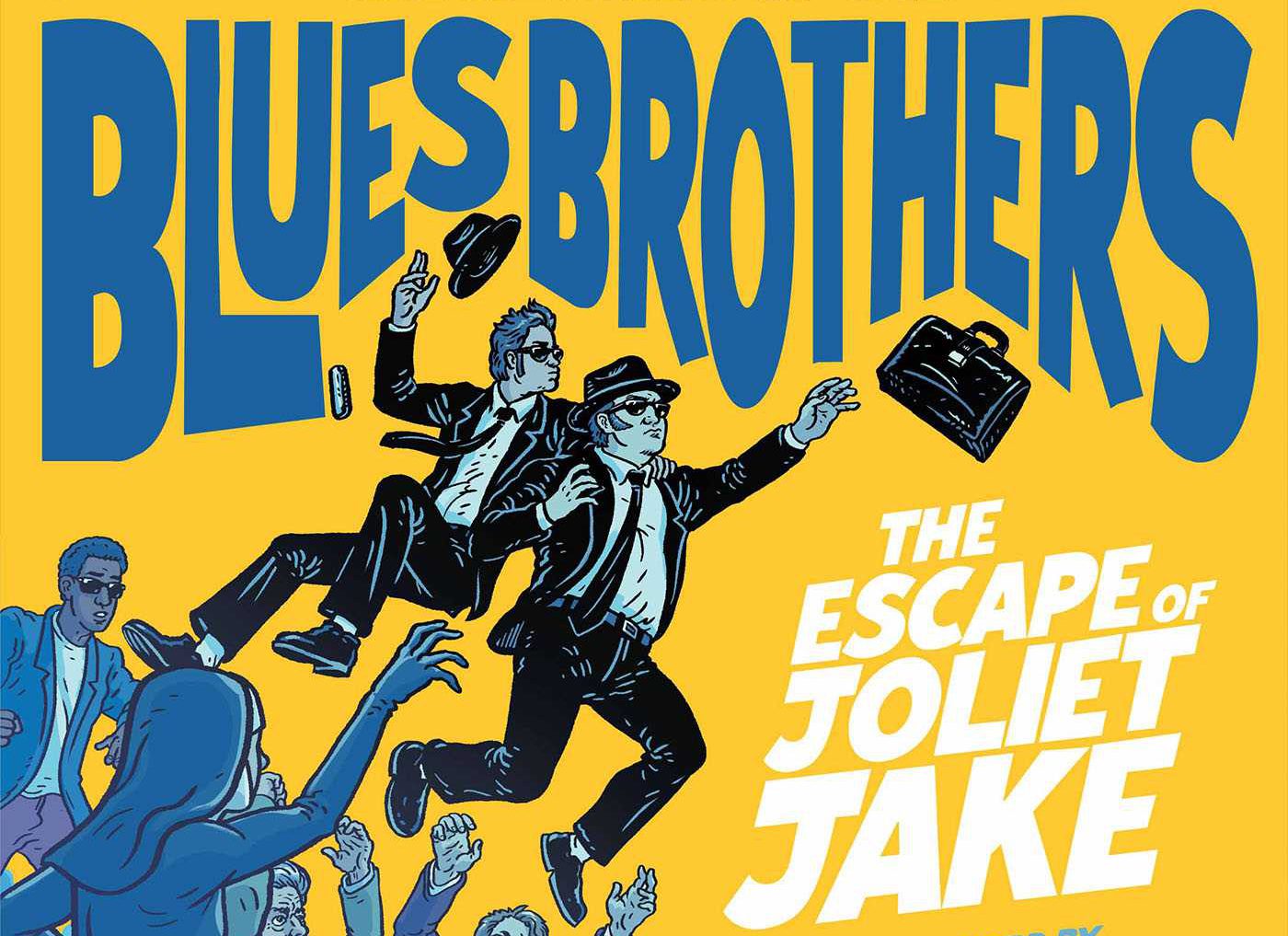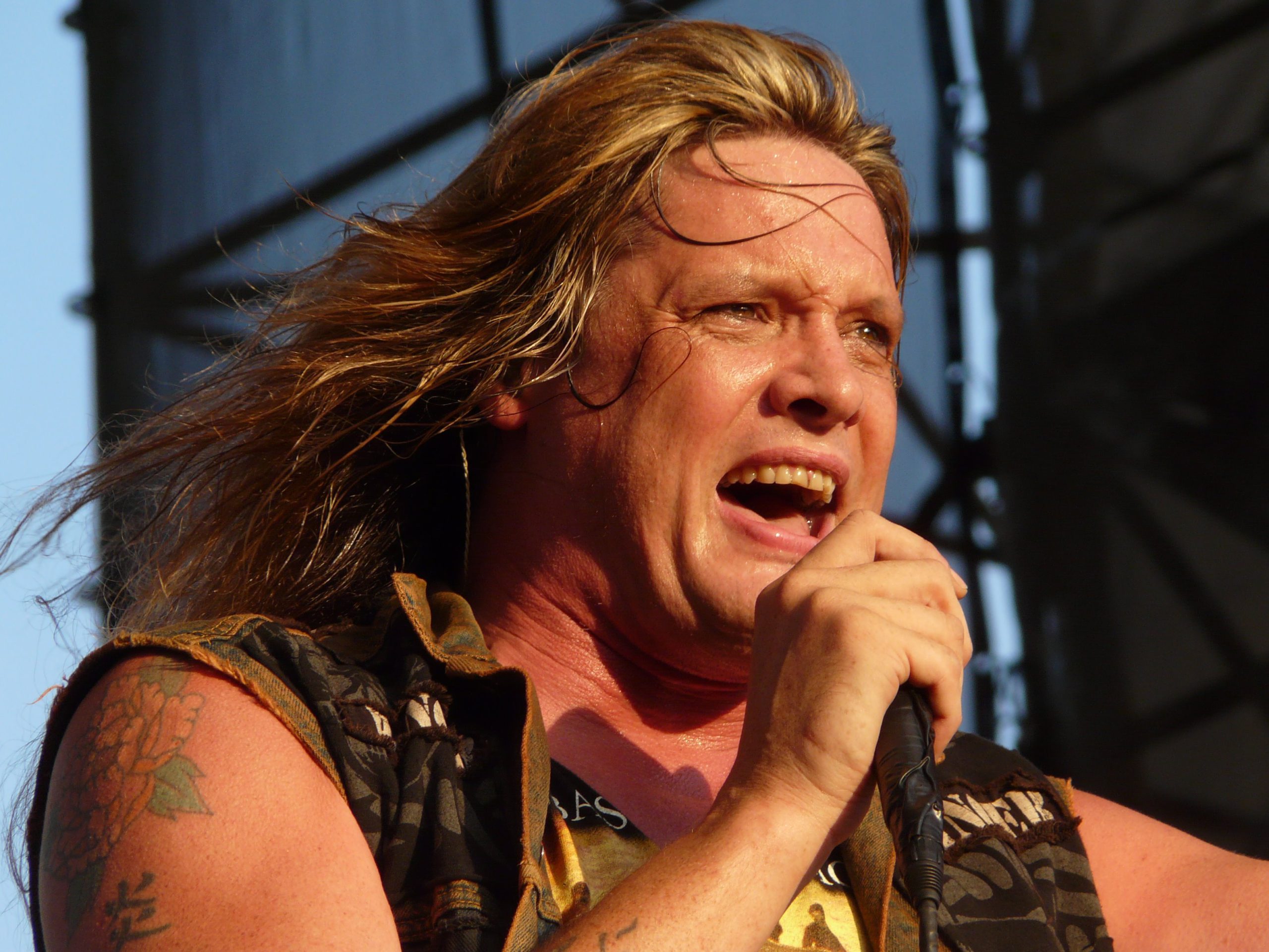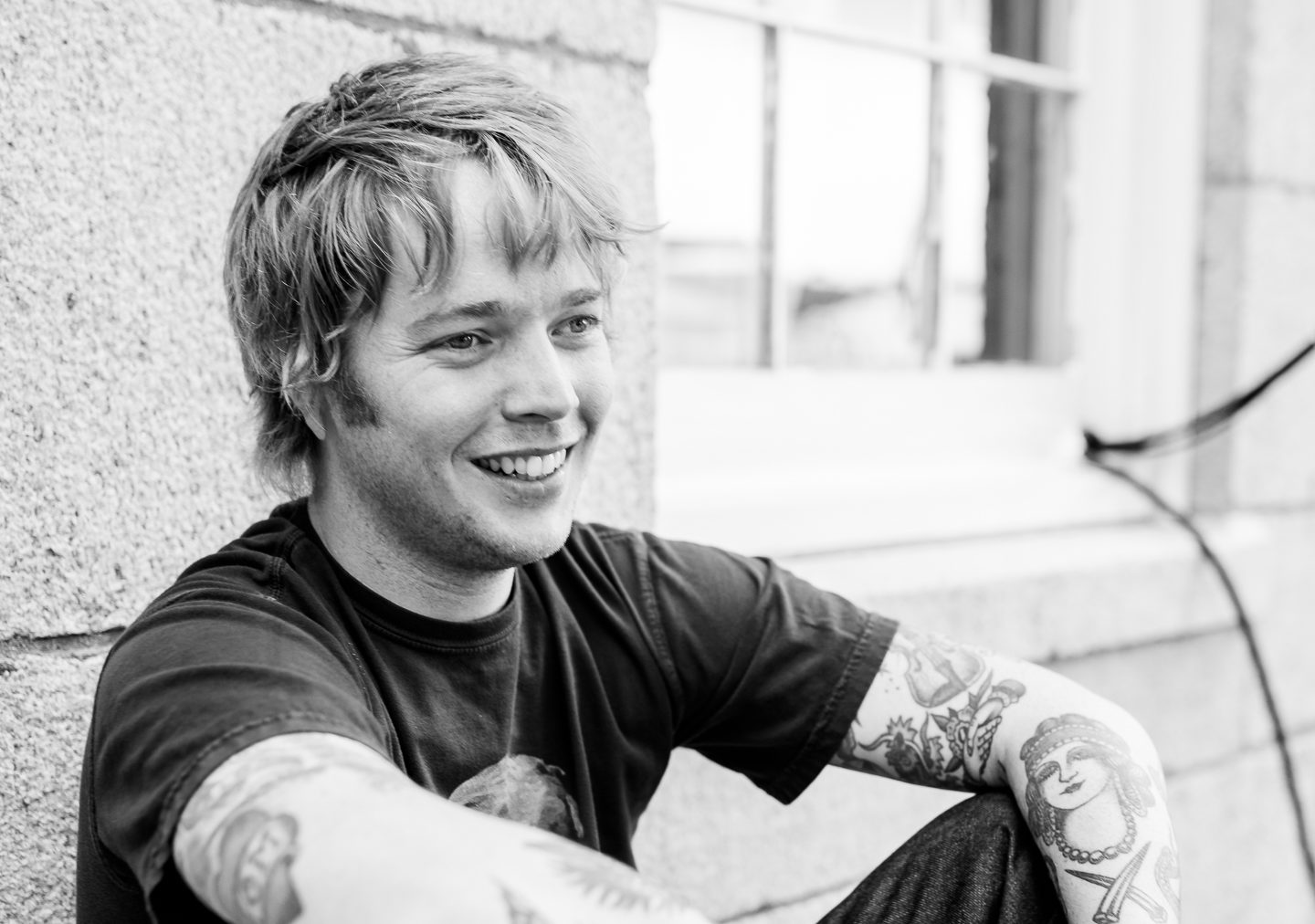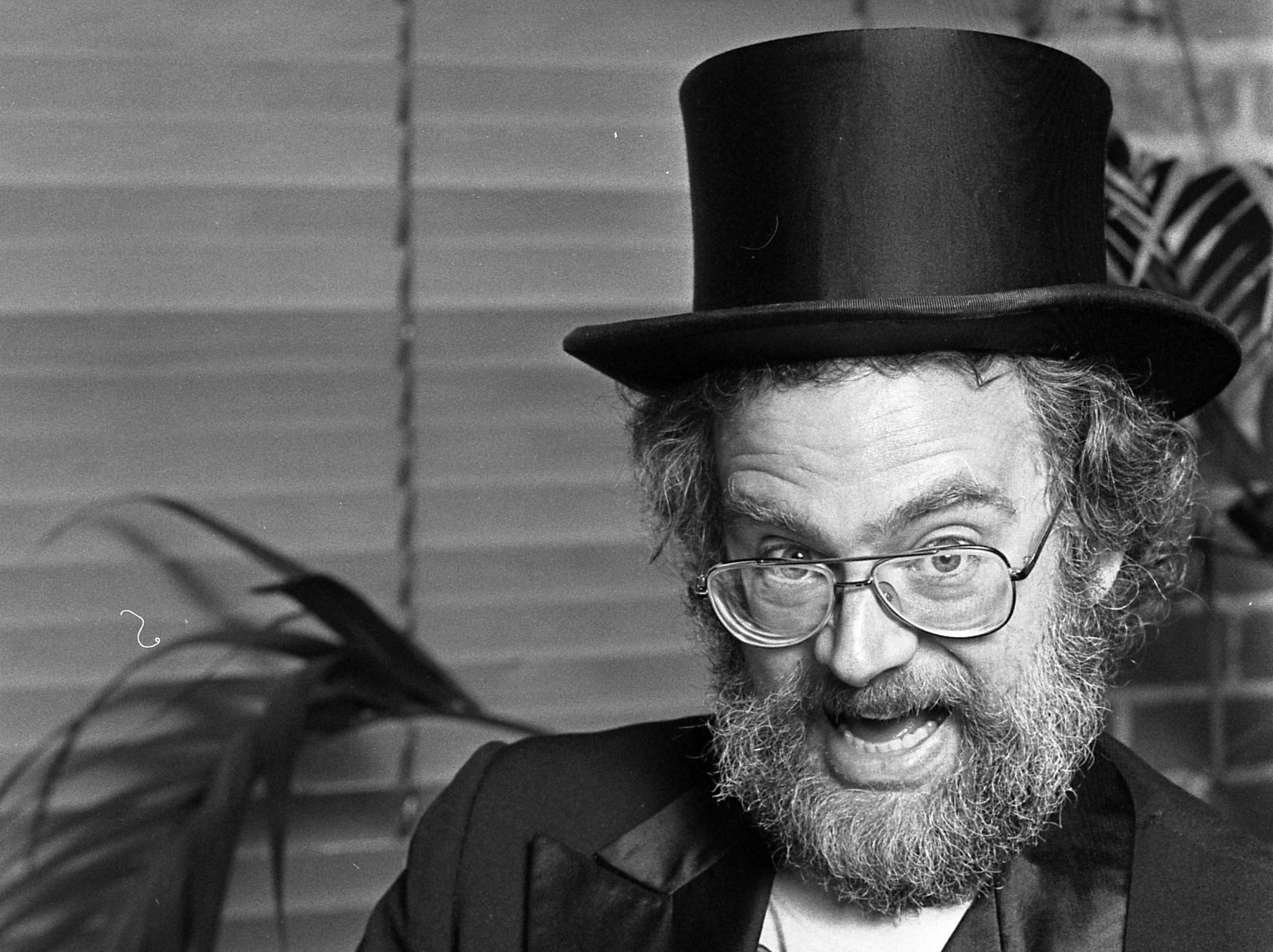
Saturday morning cartoons weren’t just visual candy—they were underground music labs. While you were demolishing bowls of Froot Loops, animation studios were cranking out more original music than most record labels. These forgotten shows didn’t just feature bands; they were musical experiments disguised as kids’ entertainment. Think of Hanna-Barbera as the Motown of animation, except instead of signing real artists, they created cartoon acts that sometimes outsold actual musicians. To learn more about the history of Hanna-Barbera, visit the Hanna-Barbera official website.
6. Hair Bear Bunch

These 1971 zoo escapees represented Saturday morning’s answer to counterculture music. Their invisible motorcycles roared with the rebellious spirit of late-60s rock, while their anti-authority antics channeled the same energy driving protest songs. The bears embodied musical rebellion without the political baggage, making subversion safe for family viewing.
The series captured the era’s changing musical landscape by featuring characters who rejected conventional behavior patterns. Their constant schemes against zoo authority mirrored how rock musicians challenged industry establishment, translating cultural revolution into cartoon comedy that parents couldn’t complain about.
5. Speed Buggy
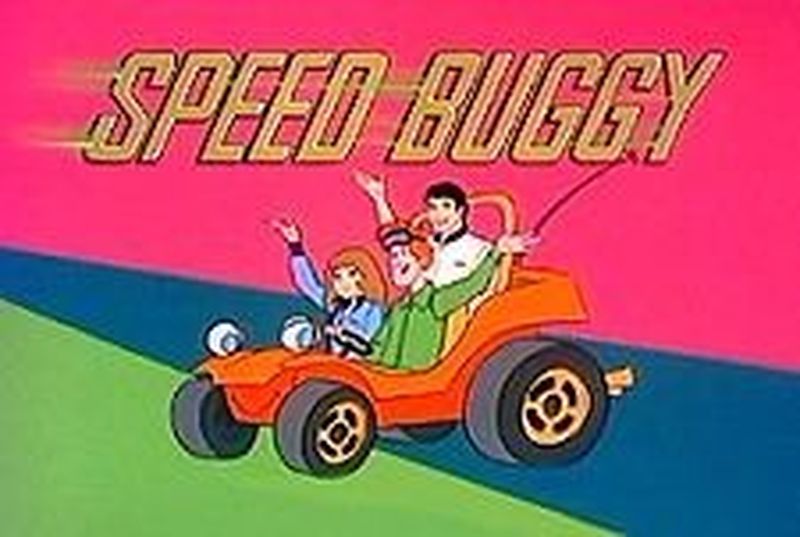
CBS’s 1973 series featured Mel Blanc voicing the title character with signature vocal techniques that influenced electronic music production. Blanc’s trademark stutter created rhythmic patterns that predated sampling culture, demonstrating how voice work could function as percussion instrumentation. Explore more about CBS and its classic programming at the CBS official network site. For an in-depth look at his career, read the Mel Blanc biography at Britannica.
The show’s sound design treated mechanical noises as musical elements, creating automotive symphonies that transformed car chases into kinetic compositions. This approach to integrating diegetic sound with musical scoring influenced action sequences across multiple media formats.
4. The Amazing Chan and the Chan Clan

CBS struck gold in 1972 with this detective family that moonlighted as a touring band. Ten musically gifted siblings performing between crime-solving adventures created television’s first procedural-musical hybrid. Their transformable Chan Van doubled as both transportation and mobile recording studio—a concept that wouldn’t become standard for real touring acts until decades later.
The series demonstrated how musical performance could advance narrative rather than just provide entertainment breaks. Each song connected to the mystery plot, creating an integrated storytelling approach that influenced later shows combining music with other genres.
3. Groovy Ghoulies

CBS unleashed these monster rockers from 1970 to 1972, creating television’s first horror-punk band decades before the Misfits made it cool. Each episode featured full musical numbers that blended Karloff-style camp with surprisingly solid songwriting. The monsters performed garage rock with the enthusiasm of a band that knew they’d never get radio play.
Their musical segments felt like proto-music videos, complete with choreographed dance moves that would influence MTV’s aesthetic years later. This wasn’t background scoring—these were legitimate three-minute rock songs embedded in Saturday morning programming, proving animation could be a viable venue for musical experimentation. Discover the history of MTV and its impact on music and culture at the MTV history page.
2. Hong Kong Phooey
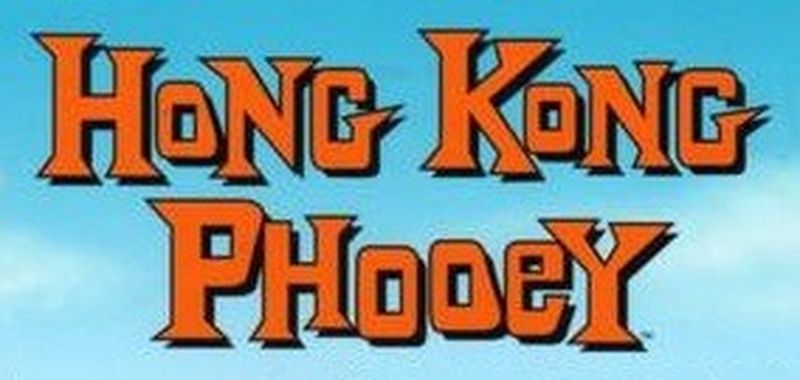
This 1974 ABC comedy featured one of television’s most memorable theme songs, performed by an uncredited studio vocalist who delivered martial arts action with the vocal intensity of James Brown. The opening sequence functioned as a perfect 30-second single—catchy hook, memorable lyrics, and production values that matched contemporary soul records.
The show’s theme became a cultural earworm that outlasted the series itself, proving that cartoon music could achieve the same staying power as commercial hits. Voice actor Scatman Crothers brought legitimate jazz credentials to the project, adding authentic musical DNA to the character’s development.
1. The Pebbles and Bamm-Bamm Show
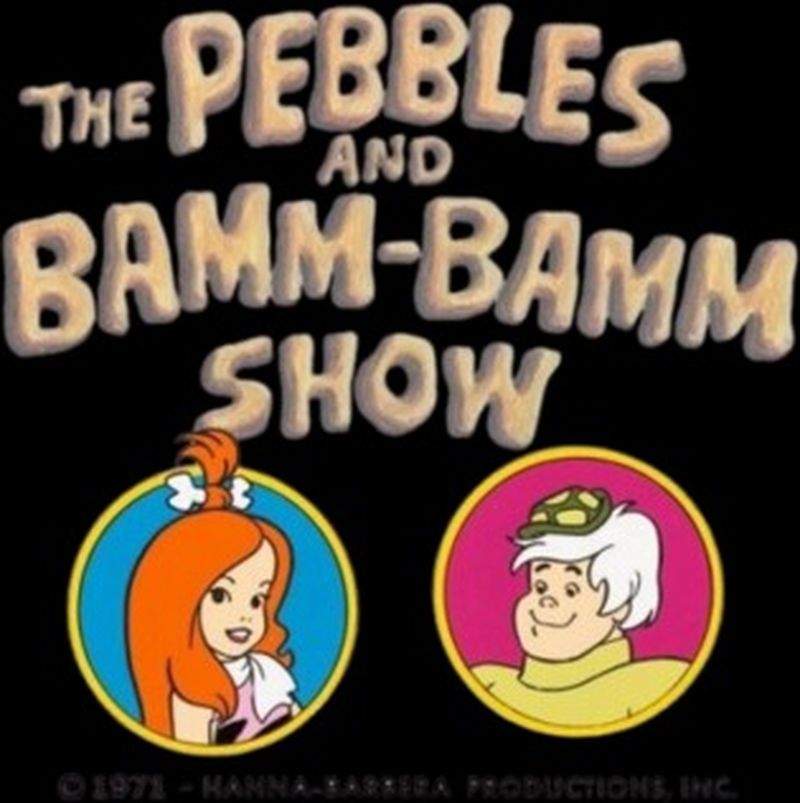
This 1971 Flintstones spin-off transformed stone-age toddlers into rock stars, literally. The Bedrock Rockers performed original songs that captured the era’s garage band energy while maintaining that prehistoric charm. Hanna-Barbera’s music department understood something record executives missed—animated bands could take creative risks without worrying about image or touring logistics.
The show returned in reruns throughout 1975 and 1976, giving these cartoon rockers extended chart life that many real bands envied. Their success paved the way for later animated musical acts.





